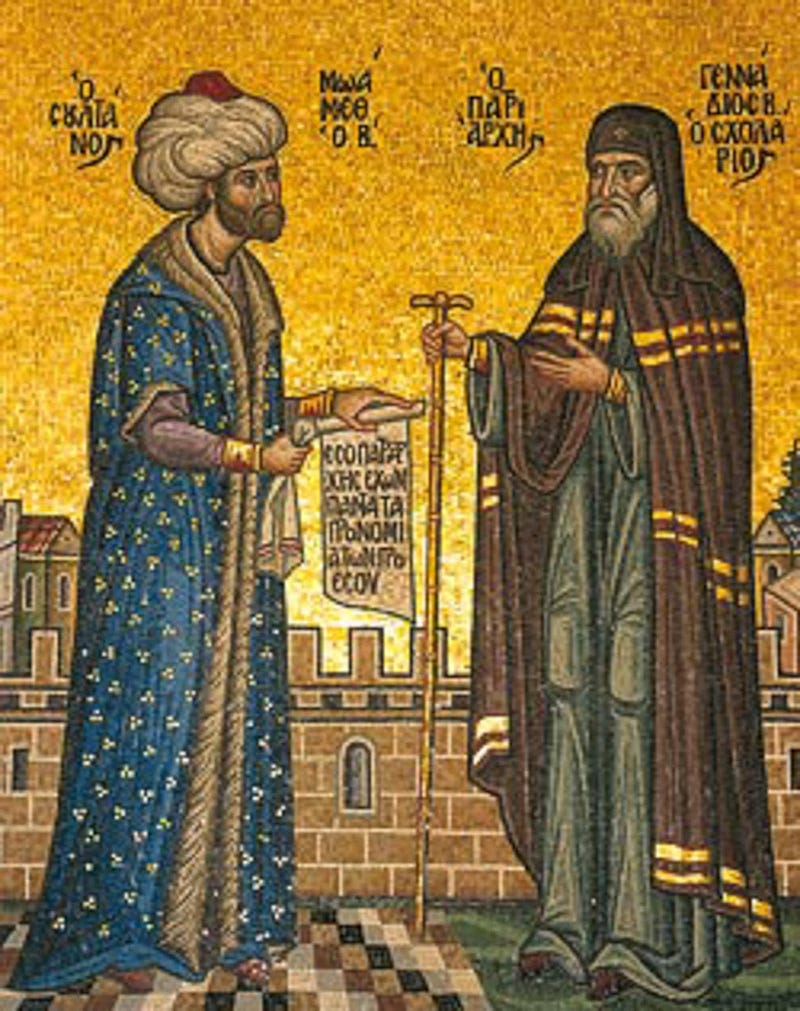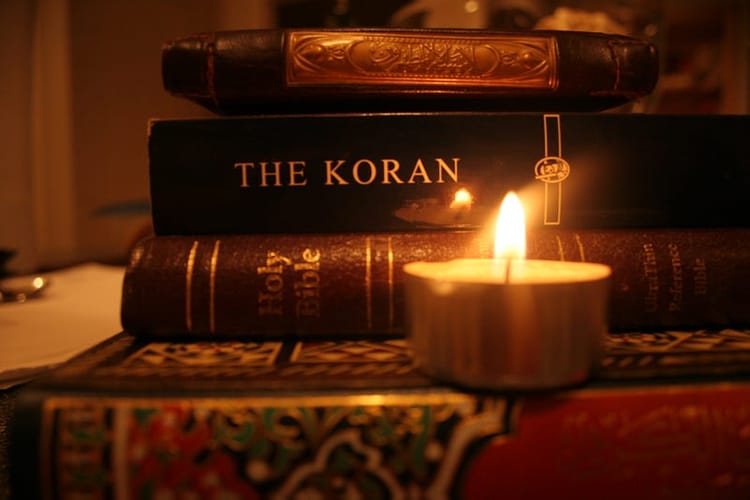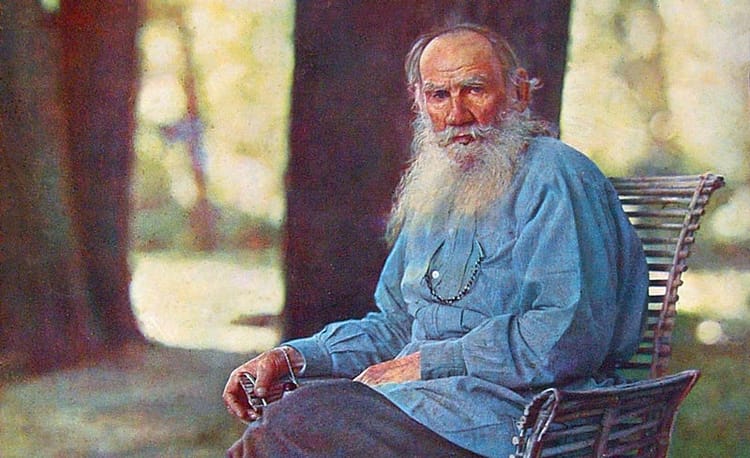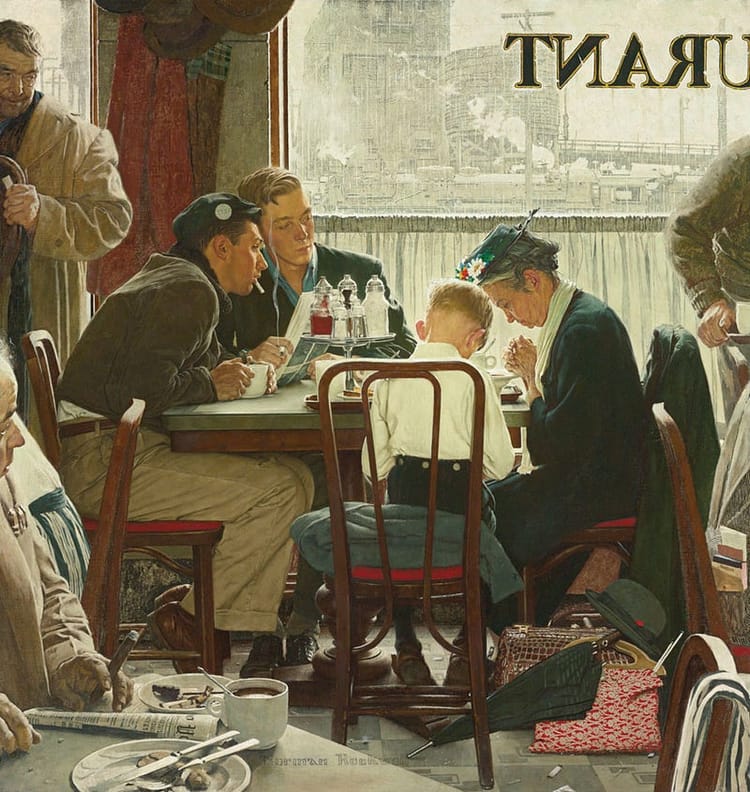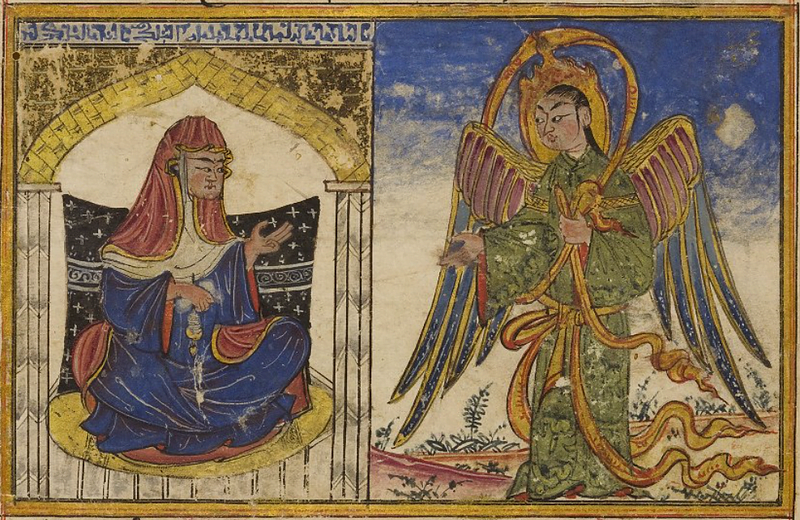The ‘Muslim Priest’: An Introduction (Part 2)
Bismillahir Rahmanir Raheem
(Part 1)
In my first installment of this brief spiritual autobiography, I explored my early spiritual formation. I had walked away from a possible conversion to Islam in my early 20s and instead chose to remain within the Christian milieu as an Orthodox Christian. In this second installment, I shall once again streamline my personal history in order to highlight events in my life which played an important role in my relationship with Islam.
As a convert to Orthodox Christianity in my early 20s, I poured my whole self into the faith and the Church. The Church and the Orthodox faith were by far the central most defining reality of my life, forming my day to day activities, all of my relations and my social life, as well as my academic studies. My sincerity and zeal were quickly noted by my priest and others in the Church, and in short order, after some academic and pastoral formation, I was raised to the rank of the priesthood.
This period in my life marks one of great personal growth and activity. Though I am generally shy and withdrawn by nature, I quickly grew into the outward focus of priestly ministry and working intimately with people from day to day. It was a work that I particularly loved and which became a real part of me, though I found it often draining at times. Similarly, I loved the prayerful and very choreographed liturgical services of the Orthodox Church. I felt most at home standing at the altar, surrounded with rising incense and angelic choirs singing the praises of Almighty God.
In short, it seemed that I had found my niche.
During this period, my thoughts on Islam were complicated. The period of 2010 to 2018 (roughly) I call my “love-hate relationship” period with Islam. During this time, the war in Iraq and Afghanistan was winding down, yet Islamic attacks in Europe and ISIS seemed to be on the rise. I still felt a respect for Islam — if anything as a force to be reckoned with. Yet my thoughts on Islam during this period ran the full gambit from intense hatred to admiration and even towards an underlying draw towards conversion. It was a period of trying to make sense of this phenomenon that was Islam from my perspective as an Orthodox priest.
Aside from a steady diet of anti-Islamic media and news, my opinion during this time was formed mostly from reading books full of anti-Muslim polemics and rhetoric. Srđa Trifković’s The Sword of the Prophet was one of the first of such books that I read. This was followed by titles such as Understanding Islam by Guillaume Faye, The Legacy of Jihad by Andrew Bostom, The Decline of Eastern Christianity Under Islam : From Jihad to Dhimmitude by Bat Ye’or, Islamic Imperialism by Efraim Karsh, The Truth About Muhammad by Robert Spencer, Seeking Allah, Finding Jesus by Nabeel Qureshi, and so on. I read, as well, Submission by Michel Houellebecq during this period. While this novel can be considered as being ‘anti-Islam’, it would play a more complex role later on in my thinking which I’ll revisit in a later installment.
In this time, I would periodically take part in anti-Islamic polemics online. I bought a copy of Reliance of the Traveller: A Classic Manual of Islamic Sacred Law in order to pull ‘gotcha’ lines straight from Islamic jurisprudence to use in online debates and in writings. “Oh, Islam is a ‘religion of peace’? What about x, y, and z ruling which seems to suggest otherwise?”
And yet… (There was always an “and yet.”) Alongside this steady diet of anti-Islamic rhetoric, there was still a reverence that I felt for Islam. It seemed that Islam shared many of the core values and concerns that traditionalist Catholics and Orthodox shared, and I saw them as somewhat of an ally in the face of all-pervasive, ever-expanding, and culture-crushing Western secularism and Liberalism.
I witnessed the phenomenon of Western converts to Islam who, after seeing a loss of prayer, a loss of reverence, and a loss of true religious conviction in their Catholic and Christian peers, turn to Islam as a sure faith, a solid bedrock, and a counter-cultural force directed towards God. One particular article struck me about an American Catholic college girl who embraced Islam by simply observing Muslims that she knew. The saw how they dressed. How they treated each other. How they ate. How they prayed five times a day — often in public. What she saw as honorable, admirable, and pious in her Muslim friends she could not identify (at least outwardly) in her Catholics peers. How many Christians make it an effort to pray five times a day? Even in public among ridicule? How many Christians regularly fast? And in what practical way does faith shape the day-to-day life of the average Christian? This student convert found a true faith and a true piety — as well as a true spiritual home — in Islam and in the Ummah (the global Muslim community). Testimonies like this impressed me deeply.
My solution, as I saw it then, was to try to form my Christian prayer around Islamic practices. Yes, Orthodox and Catholics have the daily services of the Church — Matins, Vespers, Compline, and the various small hours — yet it was not something that a Christian could readily pray wherever they might find themselves and without a library of liturgical books at hand. And even if Christians were able to do so, such piety and regular prayer would not be proscribed. It would be a personal choice and decision to do so. There would be no real shared experience of prayer as the Body of Christ.
In this tug of war between hatred and intrigued admiration of Islam, I once again contacted the Imam at my old Islamic Center. I craved a sort of dialogue. I wanted to discuss these matters. To flesh them out — and not with books or blogs or Youtube videos, but with a real human being. I was saddened to learn, however, that my old Imam friend was no longer there, and the human connection, at least at this juncture, was missed.
Things continued this way for a while without any resolution. Then, in 2018, something very intriguing happened. A friend of mine and an Orthodox blogger — a blogger who was, in the past, very fiery in his pro-Orthodox rhetoric — announced his conversion to Islam seemingly out of the blue.
My first reaction was disbelief. How could this be? This reaction was closely followed by a sort of visceral disgust. It was a primordial ‘clash of civilizations’ response. How could this man give up the beauty of our Orthodox tradition for this barbarian religion? There was an underlying Islamophobic knee-jerk reaction in my response, to be sure. I could respect Islam from afar… but to actually and concretely convert to it? I still had a hard time wrapping my head around it — even with my own draw to Islam always simmering in the background.
And yet…
To my own surprise, my response to this conversion was not lament over a ‘lost soul’ nor an ‘apostate’. Perhaps I may have felt this in my gut, but my heart and my head felt otherwise. I was curious, more than anything. What led to such a conversion? What is the thought process? What is the emotional process? I simply wanted to know. I wanted to know more.
In quick order, I reached out to my friend. And this connection led to the third and final act of my own conversion to Islam, which I will explain in Part III.
Thank you for reading, and may God reward you. Please keep me in your prayers!
